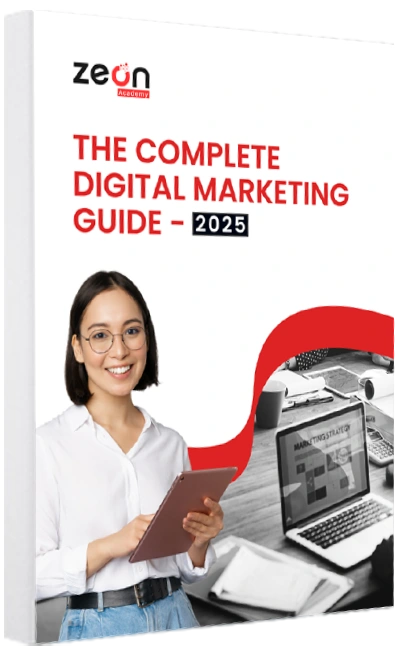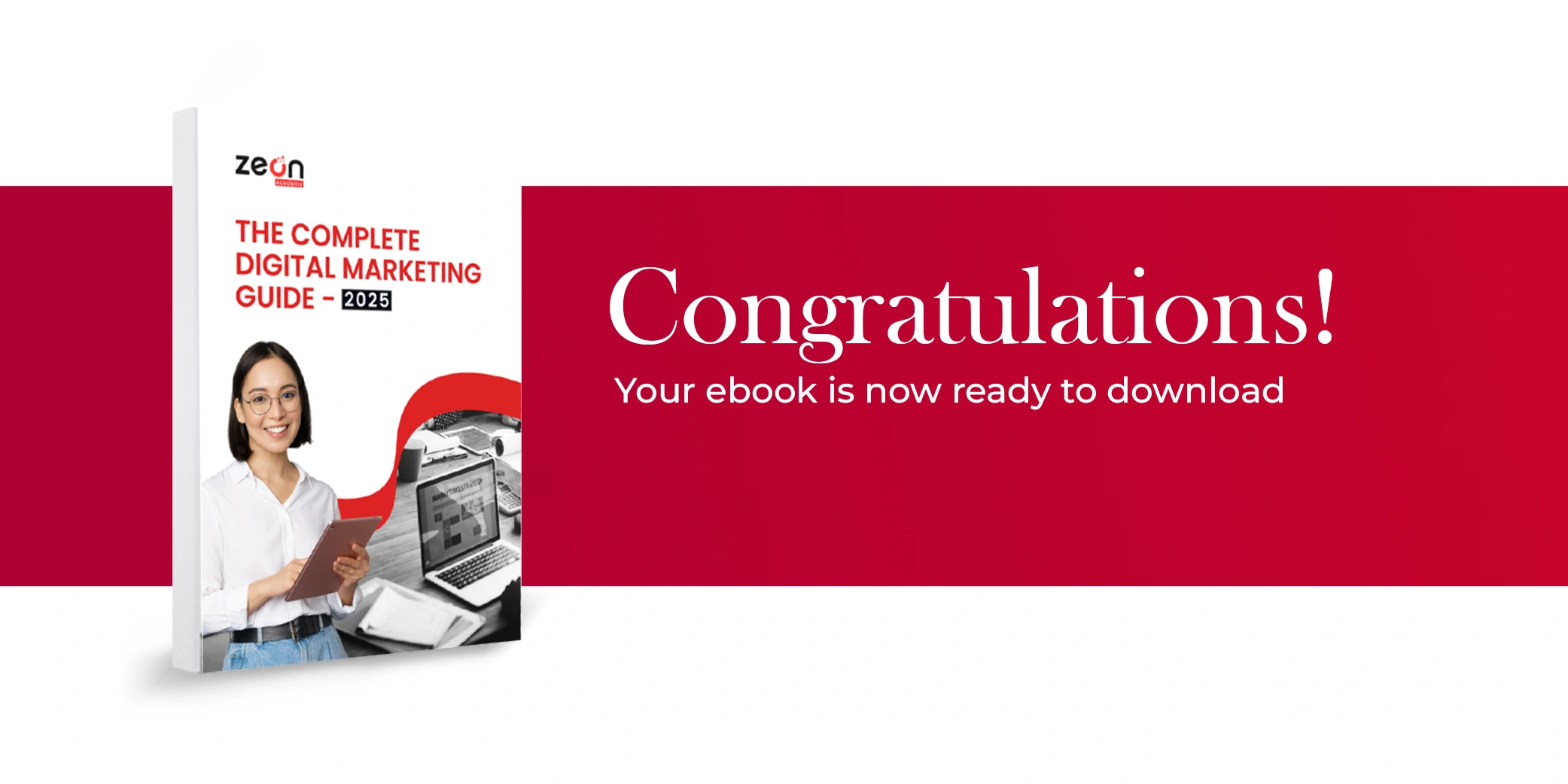10 Easy Steps to Creating Social Media Content That Gets Noticed
Ever scrolled through social media and wondered how some posts stop you in your tracks while others barely get a second glance? The secret lies in creating engaging content—content that grabs attention, sparks curiosity, and makes people want to hit that like button or leave a comment. The good news? You don’t need to be a marketing genius or some well learnt about tech to craft posts that connect with your audience.
Whether you’re promoting a business, building a personal brand, or just having fun online, this guide will show you how to create social media content that stands out—even if you’re a complete beginner. Ready to turn your feed into a magnet for engagement? Let’s get started!
Why Engaging Content is Important
Before we get into the “how,” let’s talk about the “why.” Engaging content is more than just likes and comments—it’s about crafting relationships, sparking conversations, and creating value for your audience. Here’s why it’s so important:
- Creates Trust and Loyalty: When your content connects with people, they’re more likely to trust and support you.
- Improves Visibility: Engaging content is more likely to be shared, increasing your reach.
- Brings in Action: Whether it’s a purchase, a follow, or a click, great content inspires action.
- Sets You Apart: In a sea of content, engagement helps you stand out.
Now that we know why it matters, let’s take a look at how you can create it.

Step 1: Know Your Audience
The first rule of crafting engaging content is to know and understand who you’re creating it for. Your audience’s interests, pain points, and preferences should guide every piece of content you create.
How to Understand Your Audience:
- Research: Use tools like Instagram Insights, Facebook Analytics, or X/Twitter Analytics to learn about your audience’s demographics and behavior.
- Ask Questions: Use polls, surveys, or direct messages to ask your audience what they want to see.
- Create Personas: Imagine your ideal follower. What are their goals, challenges, and interests?
Example: If you’re targeting young professionals, they might value career tips, productivity hacks, and relatable memes.

Step 2: Define Your Content Goals
What do you want to achieve with your content? Your goals will decide the nature of content you create and how you measure success.
Common Social Media Goals:
- Increase Engagement: Get more likes, comments, and shares.
- Grow Followers: Attract new people to your profile.
- Bring More Traffic: Send people to your website or blog.
- Build Community: Encourage conversations and connections.
Example: If your goal is to increase followers, you might focus on shareable content like memes or inspirational quotes.

Step 3: Choose the Right Platforms
Not all social media platforms are the same. Each one has its own vibe, audience, and content style. Turn your attention to the platforms where your audience spends the most time.
Platform-Specific Tips:
- Instagram: Visual content like photos, reels, and stories works best.
- X, formerly Twitter: Short, witty, and timely posts perform well.
- LinkedIn: Professional, informative content like articles and career tips is ideal.
- Facebook: A mix of videos, photos, and text posts works well.
Example: If you’re a food blogger, Instagram and Pinterest are great for sharing visually appealing recipes and cooking videos.

Step 4: Create Content That Adds Value
Engaging content isn’t just about looking good—it’s about providing value to your audience. Ask yourself: “Why should someone care about this post?”
Types of Valuable Content:
- Educational: Teach your audience something new.
Example: A quick tutorial on “How to Edit Photos Like a Pro.”
- Entertaining: Make people laugh or feel good.
Example: A funny meme or a relatable story.
- Inspirational: Motivate or uplift your audience.
Example: A success story or an inspiring quote.
- Interactive: Encourage participation.
Example: Polls, quizzes, or “fill in the blank” posts.

Step 5: Use Eye-Catching Visuals
Visual content has more chances of grabbing attention and keeping people engaged. Even if you’re not a designer, you can create stunning visuals with the right tools and techniques.
Tips for Great Visuals:
- Use High-Quality Images: Blurry or pixelated photos can turn people off.
- Experiment with Formats: Try carousels, infographics, or short videos.
- Add Text Overlays: Use tools like Canva to add captions or quotes to your images.
- Stick to a Color Palette: Consistent colors make your feed look cohesive and professional.
Example: A fitness influencer might post before-and-after photos, workout videos, or motivational quotes with bold, vibrant visuals.

Step 6: Write Captions That Spark Conversations
You should give equal importance to your caption just as much as you give importance to the visuals. A great caption can grab the attention of a passive scroller and turn them into an engaged follower.
Tips for Writing Captions:
- Ask Questions: Push your audience to share their thoughts online.
Example: “What’s your go-to workout song? Let me know below!”
- Tell a Story: Share a personal experience or behind-the-scenes moment.
- Use Emojis: Emojis add personality and make your captions more visually appealing.
- Include a Call-to-Action (CTA): Tell your audience what to do next.
Example: “Double-tap if you agree!” or “Tag a friend who needs to see this.”

Step 7: Make Proper Use of Trends and Hashtags
Trends and hashtags are powerful tools for increasing your content’s reach and relevance.
How to Use Trends:
- Stay Updated: Follow trending topics on platforms like X/Twitter and Instagram.
- Put Your Spin on It: Adapt trends to fit your brand’s voice and style.
How to Use Hashtags:
- Research Popular Hashtags: Use online tools such as Ahrefs or look at what’s trending in your niche.
- Mix It Up: Use a combination of popular and niche-specific hashtags.
- Don’t Overdo It: Stick to 5-10 hashtags per post.
Example: A travel blogger might use hashtags like #Wanderlust, #TravelTips, and #ExploreMore.

Step 8: Post Consistently
Consistency is key to building an engaged audience. When you post regularly, your followers know what to expect and are more likely to interact with your content.
Tips for Consistency:
- Create a Content Calendar: Plan your posts in advance.
- Use Scheduling Tools: Tools such as Planner can support you in staying on top of your tasks to do.
- Find Your Rhythm: Post at times when your audience is most active.
Example: If your audience is most active in the evenings, schedule your posts for 6-8 PM.

Step 9: Engage With Your Audience
Social media is a two-way street. If you wish for people to engage with your content, you must in turn be ready to always engage with them too.
How to Engage:
- Reply to Comments: Make your audience see that you value their input.
- Like and Share: Interact with your followers’ content.
- Host Live Sessions: Go live to answer questions or share updates in real-time.
Example: A small business owner might host a live Q&A to answer customer questions about their products.

Step 10: Analyze and Improve
Finally, track your performance and learn from it. Use analytics tools to see what’s working and what’s not, then adjust your strategy accordingly.
Metrics to Track:
- Engagement Rate: Likes, comments, and shares.
- Reach: How many people saw your post.
- Click-Through Rate (CTR): How many people clicked on your link.
Example: If your reels are getting more engagement than your static posts, focus on creating more video content.
Bonus Tips for Beginners
- Start Small: You don’t need to post every day. Focus on quality over quantity.
- Be Authentic: People connect with real, relatable content. Don’t try to be perfect.
- Learn from Others: Follow accounts you admire and take inspiration from their content.
- Have Fun: Social media is a creative outlet. Enjoy the process!
Final Thoughts
Creating engaging social media content doesn’t have to be complicated. By understanding your audience, providing value, and staying consistent, you can build a loyal following and make a real impact—even as a beginner.
Remember, social media is all about connection. Whether you’re sharing a story, teaching a skill, or making someone laugh, the key is to create content that connects with your audience and reflects your unique voice.



